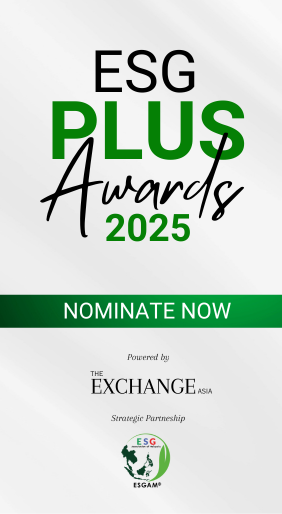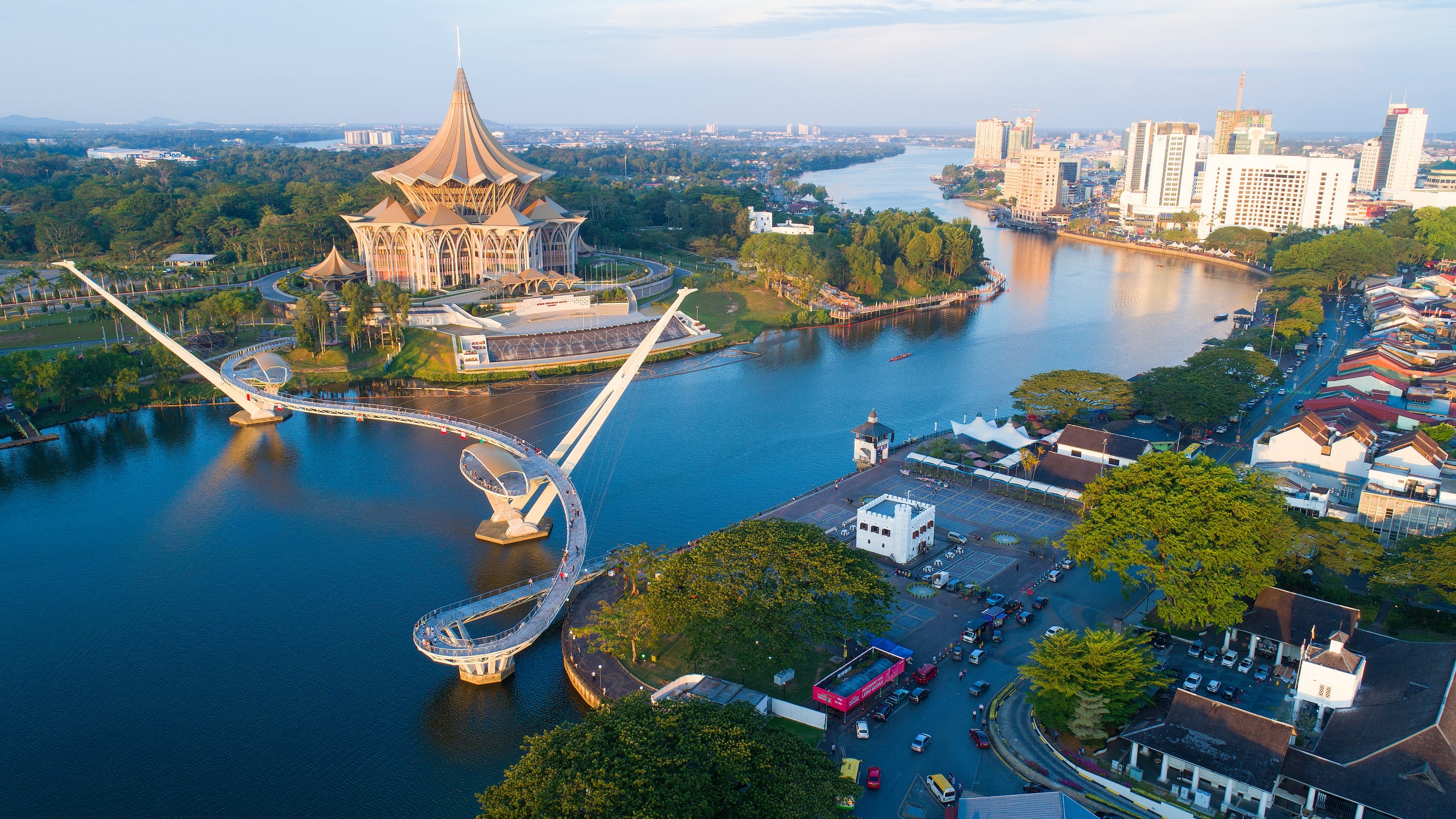KUALA LUMPUR: The global manufacturing activity recovery had seen a gradual improvement in late 2023 and is expected to continue into 2024 although it remained in contractionary territory after two years of downturn.

S&P Global Market Intelligence Senior Associate Benjamin Ng said that with global growth prospects picking up, the economic conditions are likely to improve and this could be observed from the global purchasing managers index (PMI) data, improvement in the electronic industry as well as tourism.
“We saw that the US economy is stronger than expected although the Western Europe sector continued to underperform. Growth in Asia Pacific (APAC) was uneven in India and Indonesia leading the region as the fastest growing while China was still struggling with multiple headwinds,” he said during a webinar organised by the Malaysia External Trade Development Corporation.
He said global PMI data showed that global gradual improvement of economic positions, with indications of further improvements from new orders and future output indications rising to their highest level since mid-2023.
Ng explained that the market condition also sees improvement in demand prospects as reflected in the pickup in the employment and services segments despite the manufacturing segment remaining in a relatively challenging environment.
He added that APAC is expected to drive world growth in 2024 benefitting from gradual recovery in China, with the expectation of the region’s gross domestic product (GDP) to increase for this year and the next.
Currently, APAC’s contribution to global growth is about 55% of the world’s GDP, with half of the total coming from China, followed by India and ASEAN, especially Indonesia.
“Gradual recovery in electronic exports combined with a continued rebound in international tourism will support the export sector of many APAC companies,” Ng noted.
As for Malaysia, he said that its economic momentum that was observed at the end of 2023 will continue in 2024 with real GDP growth projected to accelerate to 4.6% driven by the recovery in merchandise exports as well as tourism and the continued strength in private consumption and investment.
“Recovery is underway after an extended period of downturn supply chain activity has shown signs of improvement. Although the rate of growth in trade resulting from the recovery is expected to be moderate, it is expected to increase through the remainder of 2024,” he added.
Ng also mentioned that manufacturing new orders declined in 2022, observing from PMI for G4 countries including Brazil, Germany, India and Japan had also steadily increased since December 2023.
This was accompanied by steady improvement in export orders and quantity or purchases while the electronic segment growth in 2023 saw an improvement in early 2024 and is expected to persist throughout the year.
However, Ng also noted that the textile and apparel manufacturing segment is expected to slip by 1.6% and will not recover on a quarterly basis despite the ongoing period of restocking.
Nonetheless, he shared that evidence of recovery in the electric supply chain is mixed with the AI boom driving the industry’s revenue up by 33% in the first quarter (Q1) of 2024.
However, there is an upside risk to supply chain activities which may come later in 2024 if US importers choose to anticipate tariff increases of imports from China.
“We anticipate prior to the increase, there would be a pre-tariff surge which could add 20-30% of imports from China in Q4 2024.
However, amid the geopolitical uncertainties, Ng said there are both unintended consequences in limitations as well as market potential.
China remains a huge market for semi-conductor suppliers, equipment providers and raw material suppliers, accounting for almost 30% of revenues of the 10 largest chip companies while the US accounts for 25%.
Given that this may likely split the market, exporters may need to take into consideration various strategies to mitigate the market risks, Ng concluded.
— BERNAMA






